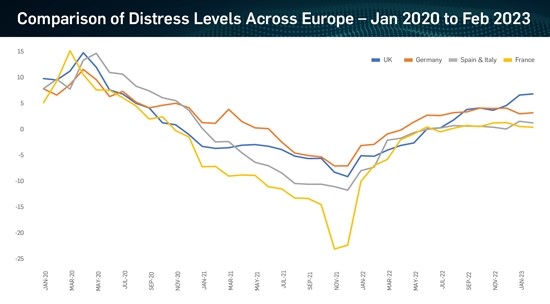High-Tech Speaks Out of Both Sides of Its Mouth on Labor Needs
On the one hand, the high-tech industry has laid off more than 100,000 workers, including large numbers of citizen and H-1B workers.
On the other, it says (according to newly released USCIS data) it wants to hire 483,929 new H-1Bs.
What’s going on here?
My sense is that the industry, working within existing governmental systems, is acting rationally, if narrowly and selfishly, in its own interests, while the Biden administration is bowing toward the industry’s whim, selling out American workers.
We have heard repeatedly over recent months that this big firm or that is laying off many of its high-tech workers, sometimes by careful shavings of the staff by a percentage point or three, and at least in one case firing a majority of its workers (as the former H-1B Elon Musk did at Twitter).
The sad reality is that a firm that lays off H-1B workers is not denied access to new H-1Bs (though a pro-domestic-worker DHS might be able to figure out a technique for doing so, even if it led to a battle in the courts).
Meanwhile, firms that simultaneously (or near-simultaneously) lay off one set of H-1B and citizen workers and seek new H-1B workers are in the best of all possible worlds — they can get rid of some of their more senior (and thus expensive) workers and replace them with a new set of less expensive H-1Bs; they can lay off not-particularly-good ones and hope for better replacements through the lottery.
The H-1B system, as currently administered, thus perpetuates a loose labor market in the high-tech industry, to the continuing detriment of the remaining citizen workers, who, in turn, largely will not join unions to protect their own jobs.
The H-1B Lotteries. For reasons not readily apparent, USCIS a couple of days ago announced, at the end of a long and tedious press release, the number of applications (483,927); the comparable (and smaller) number, 306,613, for the prior cycle, was not released until much later in the process last year, or at least did not come to my attention until then.
These two numbers, 483,927 and 306,613, have nothing to do with the real desires of H-1B employers for these workers; they have everything to with the realities of the visa lotteries. As a general matter, one needs to apply for three visas to secure a single H-1B worker. This means that many essentially fake applications are filed, and many of them win, only to not be used by the winning employer.
In fact, in the 2022 cycle, the department had to do three cycles of lotteries — a major expense to it — before the ceilings were met. There are routinely separate lotteries; the first is for those with advanced degrees (usually master’s), and the second for those with either master’s or bachelor’s degrees. It was that second lottery that had to be re-run twice in order for the ceilings to be met. There is a quota of 20,000 for those with advanced degrees, and another 65,000 for those with either degree. Universities and government agencies can hire H-1Bs outside the numerical limits, and do so at the rate of about 15,000 or so a year.
The extra lotteries reflect the fact that many winners of visa slots did not want to use them, for the reasons explained. It will be interesting to see if extra lotteries are needed again this year.






